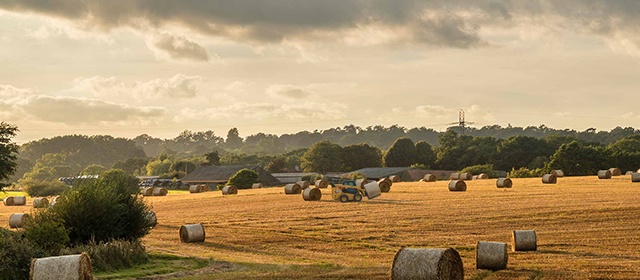Skid Steer Trencher Attachments
When trenching holes through tough terra firma, it’s important to find a balanced trenching tool for your application. When it comes to landscaping, farming, light construction and even homeowner repairs and installations, the proper trencher can be a powerful tool. Because of the expense, it’s important to analyze your needs and expectations by determining a few important factors.
One of the most important things to consider is the trencher’s depth and width for the application. Most trenchers are designed for a number of applications, so be sure to determine all of your application needs before you rent or buy your trencher. This will help in determining the model trencher that is the right one for you.
If your jobsite is in small tight areas, maybe you’re best to rent or buy a trencher for a small skid steer or compact tool carrier. Even a small skid steer can trench depths up 36 in. and widths up to 10 in. wide. If your areas of application are larger, you can select trenchers for larger skid or track loaders with digging depths ranging from 24 to 60 in. and widths ranging from 6 to 12 in.
Because trencher attachments operate on flow and pressure (not horsepower), it’s important that you know your host machine’s capabilities. Typical flow and pressure requirements for compact tool carriers and small skid steers range from 8 to 20 gpm with hydraulic pressures ranging from 1,750 to 3,000 psi. Typical flow and pressure requirements for mid-size to large skid steer or track loaders range from 10 to 40 gpm with hydraulic pressures ranging from 2,000 to 4,200 psi.
Once the trencher boom is in the ground and your angle or trench is established, lower the trencher until the skid shoe on the trencher main frame is slightly above ground level. Be certain that the optional trench cleaner is operating freely. During the trenching operation its best to trench at a 45- to 60-degree angle for best performance. Gently creep the loader control backwards. Too much back movement will cause the trencher to stall. Overall speed of the backward movement will depend on the trench’s depth, width, soil conditions and the size of the tool carrier.




 Current location:
Current location: